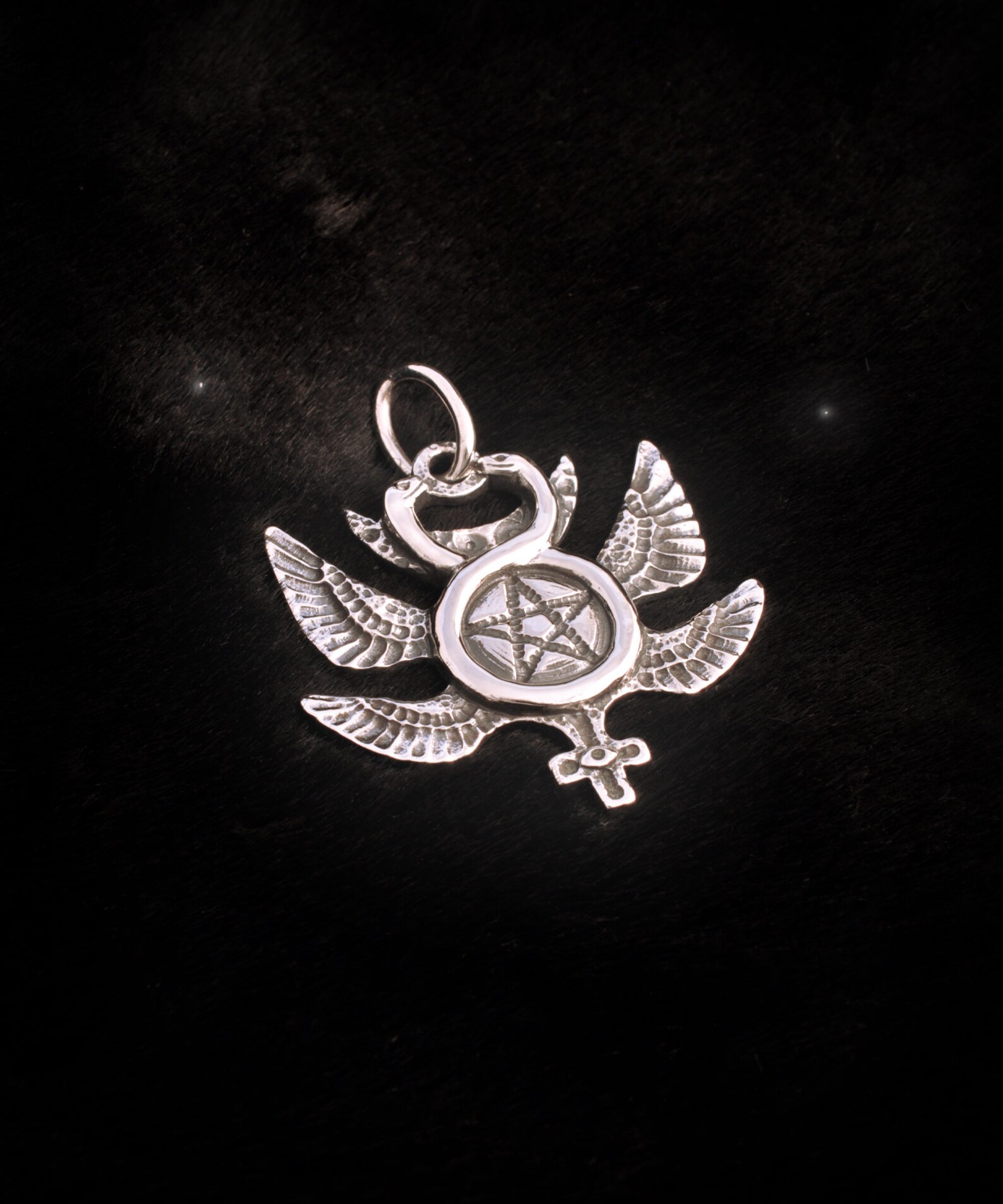

To his surprise he found that the culprit was a seemingly innocent baby, one that claimed he didn’t know a thing about Apollo’s lost cattle or even what a cow was. In time, he came upon Apollo’s sacred heard of cattle and devised a plan to heard them away and sacrifice their meat in order to draw the attention of his father Zeus and takes his place as an Olympian.Īpollo eventually noticed his cattle were gone and promptly began to track down the thief. During his adventure, he discovered a tortoise, killed it and took its shell in order to create the first lyre. Hermes was born in a cave to the nymph Maia, within a few hours he has grown strong and he decided he’d had enough of cave-living and set out in search of trouble. Greek Gods certainly were not exempt from being tricksters but Hermes talent for it began literally on the day he was born!

Mischievous from the StartĪs mentioned Hermes was considered a god of mischief, cunning and trickery. His kindness as gods go was an asset as gently guided souls between worlds. Psychopomps are beings who’s role is to escort the souls of the dead to the next life, in Greek mythology this task fell to Hermes as he could travel faster than anyone else and move freely between worlds this making him uniquely invulnerable compared to the other gods. Shepherd of the DeadĪs herald of the gods it was Hermes’s role to travel all over the world delivering messages with his iconic winged sandals allowing him to travel at inhuman speed, but did you know that he was what was known as a psychopomp? In mythology, it was given to ambassadors of the Gods, perfect for Hermes whose main job was that. In actuality, the Caduceus represents diplomacy, negotiation and trade as it depicts two snakes in negotiation and united under a set of wings at its head. Medical Corps uses the Caduceus as their symbol, arguably responsible for much of the confusion around its use. Because of their similarity the two symbols have been used interchangeably particularly among medical institutions in the United States through the 19th and 20th centuries. The reason why we see a lot of these in the medical field is because of a well-documented mixup between the Caduceus and the very similar Rod of Asclepius that features a single snake and no wings and is actually the symbol of the greek god of medicine, Asclepius. But did you know that neither Hermes nor his Caduceus traditionally have nothing to do with medicine? Many might associate Hermes’s staff, known as Caduceus as a symbol of medicine. This supported by the fact that both Pan and Hermes originate from one of the oldest regions in Greece, Acadia and that there are many myths that link the two together typically one being the son of the other. It is believed that the characteristics of this God was divided to create the Pan we know today and of course Hermes. This ‘original Pan’ presided over borders, journeys, trickery, fertility, wilderness and herding and much like Hermes he guided souls to the afterlife. Not the goat legged Satyr who created the Pan pipes but a much much older version that predates even Ancient Greece! His character is a bit all over the place and that is largely due to the fact that he is a blend of a few different and very old gods, mainly Pan. If you look at the list of things Hermes is responsible for or patron of you might notice that even by greek god standards, he’s got a lot of responsibilities and not all of them have a connection to each other. In fact, we see symbols of him almost everywhere we go from the doctor’s office to Dunlop Tyres, but what do these things have in common? With the new addition of Hermes to Lladró’s own pantheon of gods, discover why he’s so popular and what are some misconceptions about him. The Greek God of journeys, commerce, trickery, borders, fertility, diplomacy, athletes and personal messenger for the whole Greek Pantheon, Hermes is a guy who gets around a lot.


 0 kommentar(er)
0 kommentar(er)
